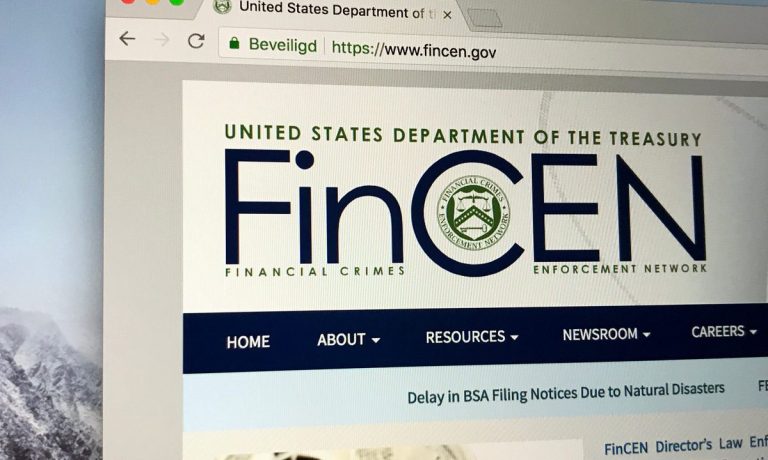
The Financial Crimes Enforcement Network (FinCEN) on Friday (June 3) issued an Advance Notice of Proposed Rulemaking (ANPRM) relating to the implementation of a no-action letter process at FinCEN. A no-action letter is used as a form of enforcement tool where an agency states by letter that it will not take an enforcement action against the company for the specific conduct presented to the agency. Generally, such letters address only prospective activity not yet undertaken by the submitting company.
“A no-action letter process has the potential to spur innovation and enhance overall effectiveness of the AML/CFT framework and the implementation of financial institutions’ compliance programs,” said FinCEN Acting Director Himamauli Das. “We encourage public comment on how the implementation of a no-action letter process can best achieve these objectives reflected in the Anti-Money Laundering Act of 2020.”
FinCEN currently provides the following forms of regulatory guidance or relief: 1) administrative rulings and 2) exceptive or exemptive relief. Under FinCEN’s regulations, an administrative ruling binds FinCEN if it describes a specifically identified actual situation. In addition, it can have precedential value (meaning it “may be relied upon by others similarly situated”) if FinCEN makes it available to the public through publication on FinCEN’s website or another appropriate forum. FinCEN may also grant exceptive or exemptive relief — that is, an exception to or exemption from the BSA or the regulatory requirements of Chapter X. These exceptions or exemptions may be conditional or unconditional, may apply to particular persons or classes of persons, and may apply to particular transactions or classes of transactions.
On a report sent to Congress in 2021, FinCEN concluded that it should undertake a rulemaking in order to establish a no-action letter process to supplement the existing forms of regulatory guidance and relief that FinCEN already provides. FinCEN argues that the benefits of a no-action letter process include promoting a robust and productive dialogue with the public, spurring innovation among financial institutions, and enhancing the culture of compliance and transparency in the application and enforcement of the BSA. Yet, FinCEN also acknowledges that given the various areas where FinCEN’s no-action letters may affect other agencies with parallel or delegated authority, it should seek their feedback.
Through this ANPRM, FinCEN seeks public input on whether to establish a no-action letter process, what the scope of and limits on no-action letters should be, and how best to implement the process. The public consultation will remain open until Aug. 5.
In the proposed rulemaking, FinCEN poses a wide range of questions to companies, regulators, policymakers and the general public about the efficacy of a no-action letter. For example, it questions whether a no-action letter issued only by FinCEN is useful since other agencies may also have jurisdiction over the same practices and they may decide to take enforcement actions. FinCEN asks about the possibility of issuing cross-regulator no-action letters, which could offer more protection to the submitting party at federal and state level.
It is also important the scope of the no-action letter and its content. FinCEN is seeking comments on what information should be included in the no-action letter, whether to take into consideration written and oral evidence given by a submitting party and whether no-action letters should be submitted during a BSA investigation.
FinCEN is also seeking comments on other areas such as jurisdictions, changes of circumstances on the business, the effects of revocation of a no-action letter, confidentiality or even whether a company can appeal a no-action letter denial.
Read more: FinCEN Looks to Turn Tech Sprint Proposals Into Regulatory Actions